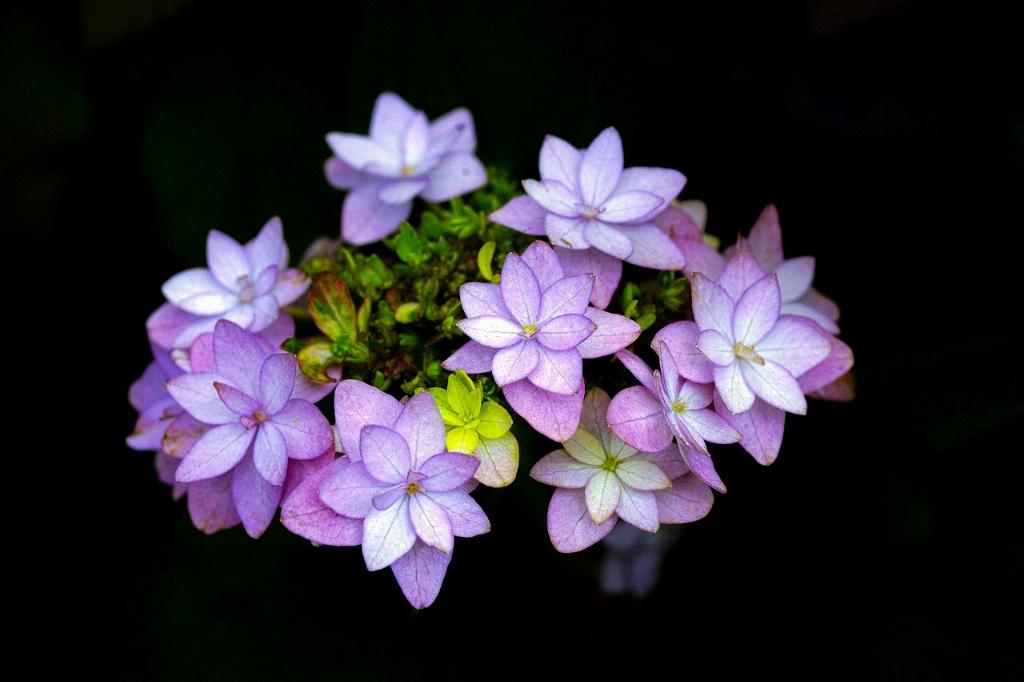Hydrangeas, those magnificent flowering shrubs that grace our gardens with their vibrant blooms, are indeed categorized as perennial plants. These beautiful botanical wonders have the remarkable ability to cycle through the seasons, going dormant in winter and springing back to life with renewed vigor when the warmer months arrive.
Understanding Hydrangea Dormancy
As perennials, hydrangeas follow a natural cycle of growth and rest. During the winter months, when temperatures drop and daylight hours wane, these hardy shrubs enter a phase of dormancy. This period allows them to conserve energy and prepare for the hardships of winter.
Hydrangea Varieties and Zones
It’s crucial to choose hydrangea varieties that are well-suited for your specific USDA hardiness zone to ensure their survival and perennial nature. Gardeners in northern zones must pay close attention to selecting winter-hardy hydrangea cultivars that can withstand the harsh conditions of cold climates.
Spring Renewal and Growth
When spring arrives, hydrangeas awaken from their dormancy and begin their journey of growth and renewal. As the days get longer and warmer, these resilient plants emerge from their winter slumber, unfurling new leaves and producing lush buds that will eventually blossom into spectacular flowers.
Hydrangeas’ Longevity and Persistence
One of the defining characteristics of perennials like hydrangeas is their longevity and persistence. Year after year, these plants return to grace our gardens with their beauty, serving as a testament to nature’s enduring cycle of growth, rest, and rebirth.
Caring for Perennial Hydrangeas
To ensure that your hydrangeas thrive as perennial plants, it’s essential to provide them with proper care and maintenance throughout the year. This includes regular watering, appropriate fertilization, and timely pruning to promote healthy growth and abundant blooms.
The Versatility of Hydrangeas
Hydrangeas come in a diverse range of cultivars, with varying flower colors, shapes, and sizes. Whether you prefer the traditional mophead blooms or the elegant lacecap varieties, there’s a hydrangea to suit every garden style and aesthetic preference.
Hydrangeas in Landscape Design
Hydrangeas are prized for their versatility in landscape design, adding texture, color, and charm to gardens, borders, and outdoor spaces. Whether used as a focal point, a hedge, or a backdrop for other plants, these perennial beauties make a stunning statement wherever they are planted.
The Allure of Hydrangea Blooms
One of the most captivating features of hydrangeas is their exquisite blooms, which range from creamy whites and soft pinks to vibrant blues and rich purples. These show-stopping flowers not only attract pollinators but also delight the human eye with their sheer beauty.
Hydrangeas: A Gardener’s Delight
For avid gardeners and plant enthusiasts, hydrangeas hold a special place as beloved perennials that bring joy and satisfaction with their enduring presence and stunning displays of color and form. Their ability to come back year after year is a source of inspiration and wonder.
In Conclusion
In conclusion, hydrangeas are indeed perennial plants that enrich our gardens and landscapes with their charm, resilience, and enduring beauty. By understanding their natural cycle of dormancy and growth, and providing them with the care they need, we can enjoy these botanical treasures for years to come.

